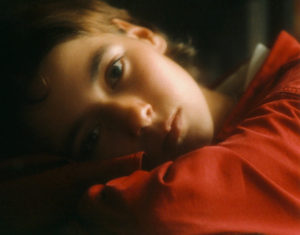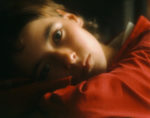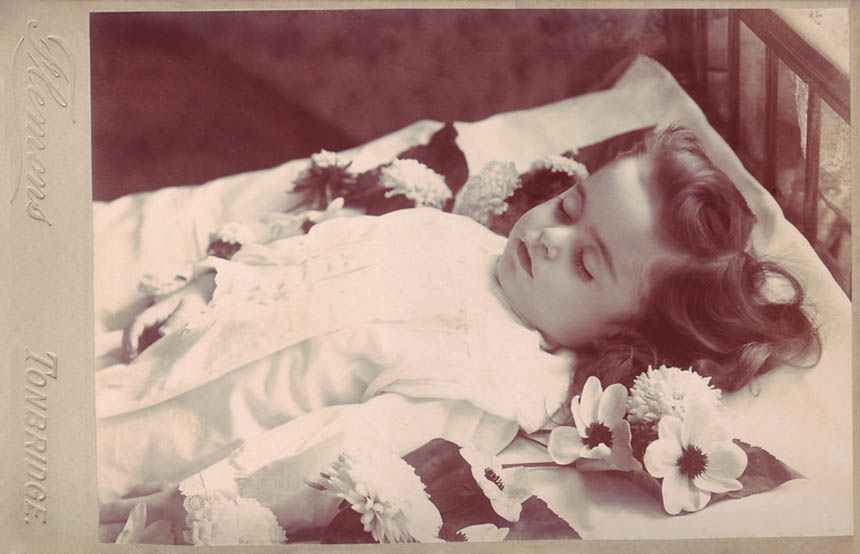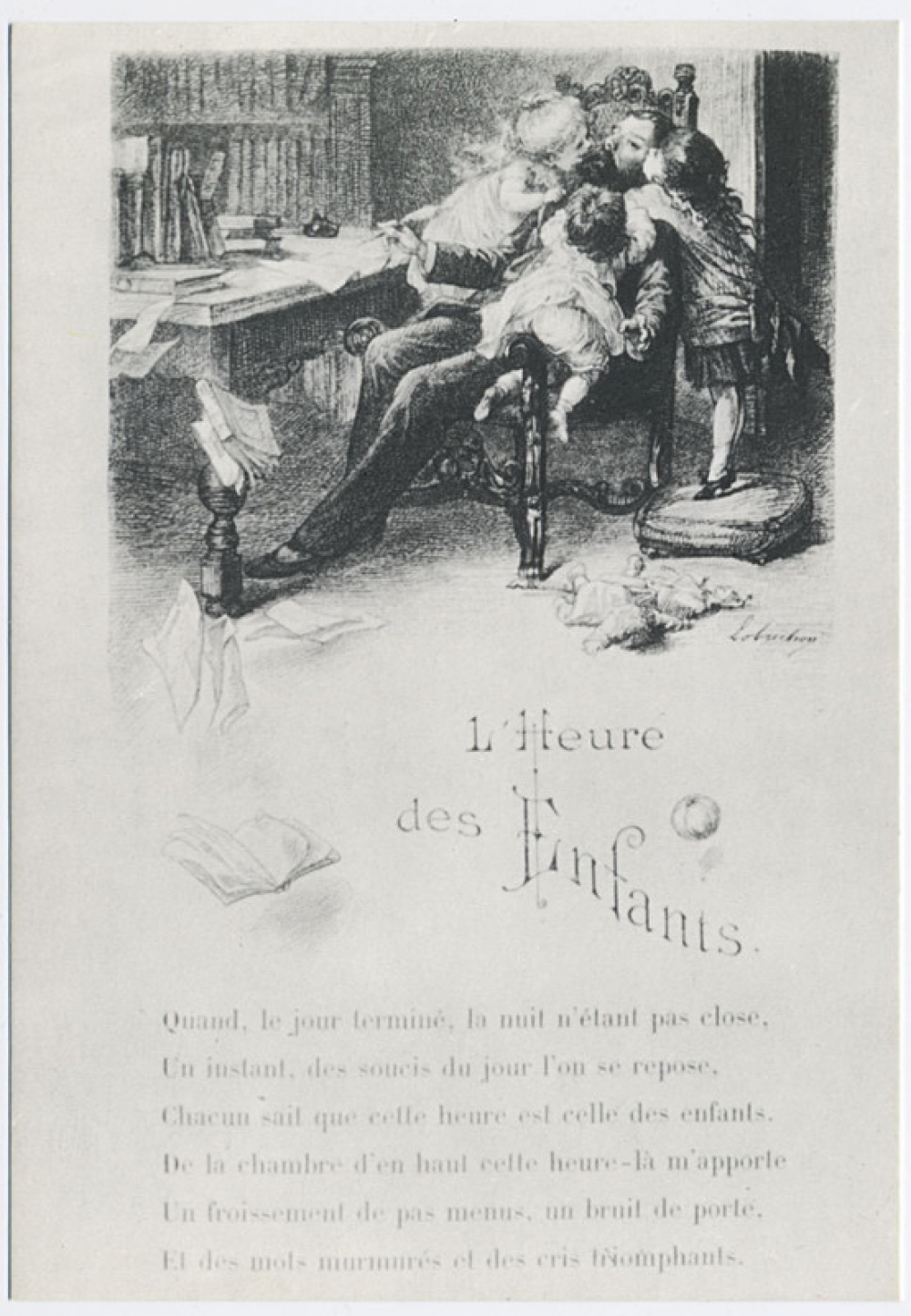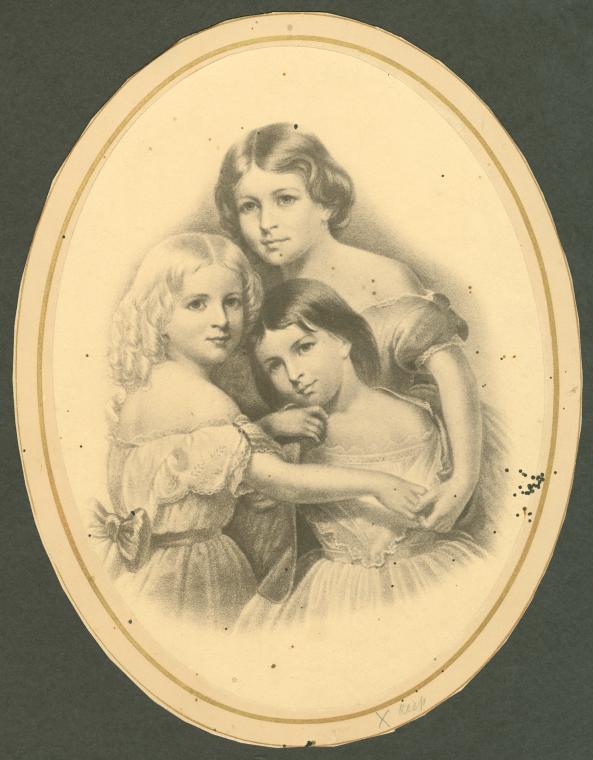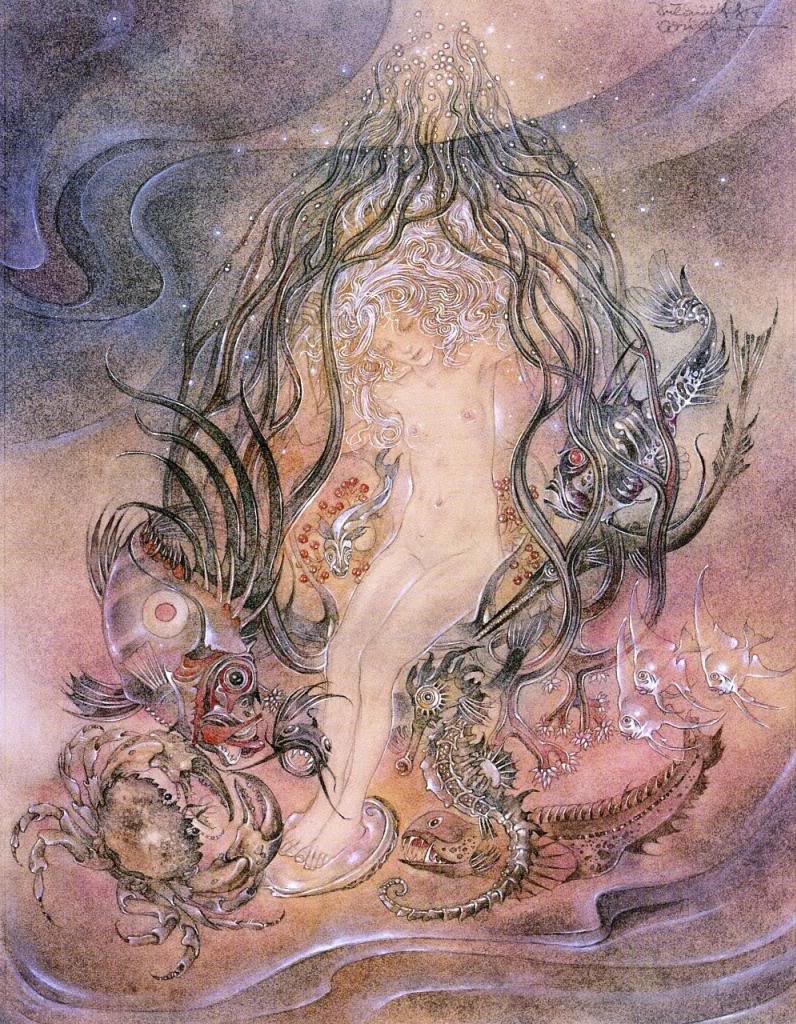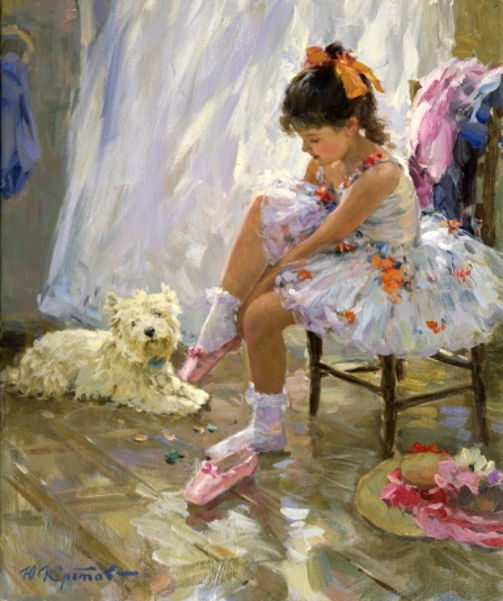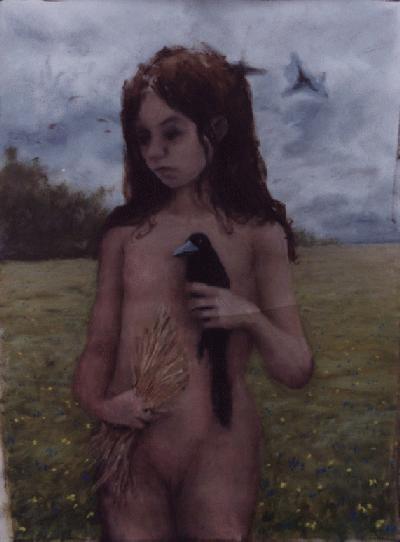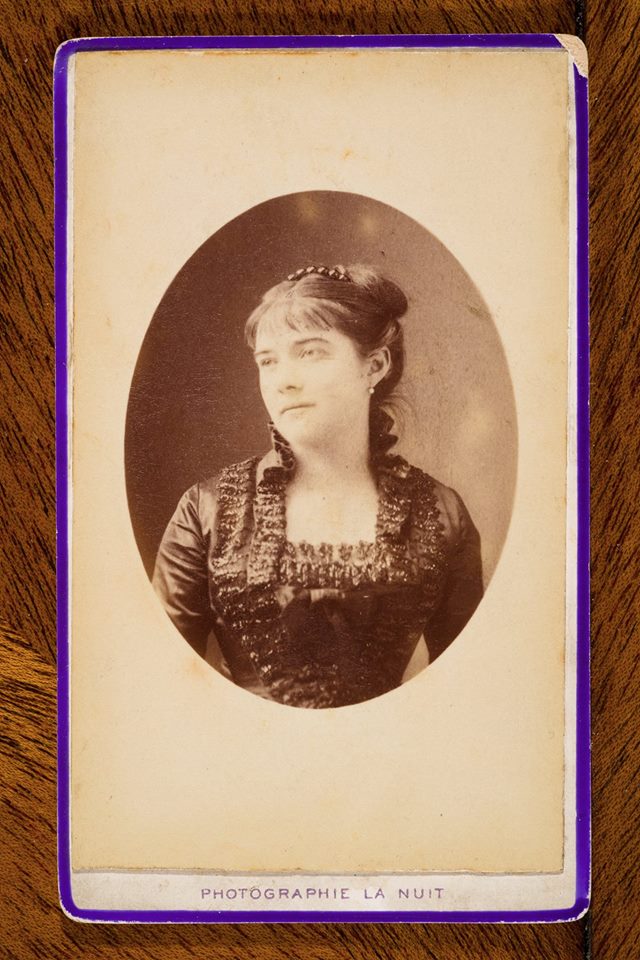
En 1869, Paul Verlaine rencontre Mathilde Mauté, alors âgée de 16 ans, dont il tombe amoureux. Elle lui inspire les 21 poèmes de sa collection La Bonne Chanson, dont la composition s’échelonne de l’hiver 1869 au printemps 1870, et publiée en 1870 à compte d’auteur chez Alphonse Lemerre. Ils se marient le 11 août 1870. Leur mariage se délitera rapidement, surtout après la liaison de Verlaine avec Arthur Rimbaud. Le couple se sépare en 1874, et Mathilde divorce en 1885, suite à la promulgation d’une loi le permettant. CONTINUE READING / CONTINUER LA LECTURE…
